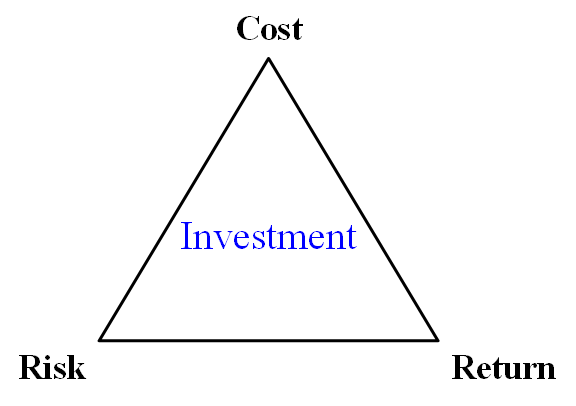Difference between revisions of "User:Shawndouglas/sandbox/sublevel4"
Shawndouglas (talk | contribs) |
Shawndouglas (talk | contribs) |
||
| Line 1: | Line 1: | ||
[[File: | [[File:Cost Risk Return.png|right|200px]]Inevitably, the topic of cost comes up early in discussions about the ideal clinical diagnostics LIMS. This is actually not all that surprising given that performance measurements such as ROI are common in the world of business. A LIMS is indeed an investment, couched in the idea that it will provide tangible and intangible benefits to the clinical lab and its operations. By extension, labs will look to get the most benefit out of their system for the investment they make, with a preference for lower costs. When investigating this aspect of LIMS acquisition, the lab will find that vendors have multiple software licensing methods, and they may also discover a variety of additional, sometimes unexpected costs and fees. The next two sections examine these aspects. | ||
Revision as of 17:32, 10 March 2022
Inevitably, the topic of cost comes up early in discussions about the ideal clinical diagnostics LIMS. This is actually not all that surprising given that performance measurements such as ROI are common in the world of business. A LIMS is indeed an investment, couched in the idea that it will provide tangible and intangible benefits to the clinical lab and its operations. By extension, labs will look to get the most benefit out of their system for the investment they make, with a preference for lower costs. When investigating this aspect of LIMS acquisition, the lab will find that vendors have multiple software licensing methods, and they may also discover a variety of additional, sometimes unexpected costs and fees. The next two sections examine these aspects.










